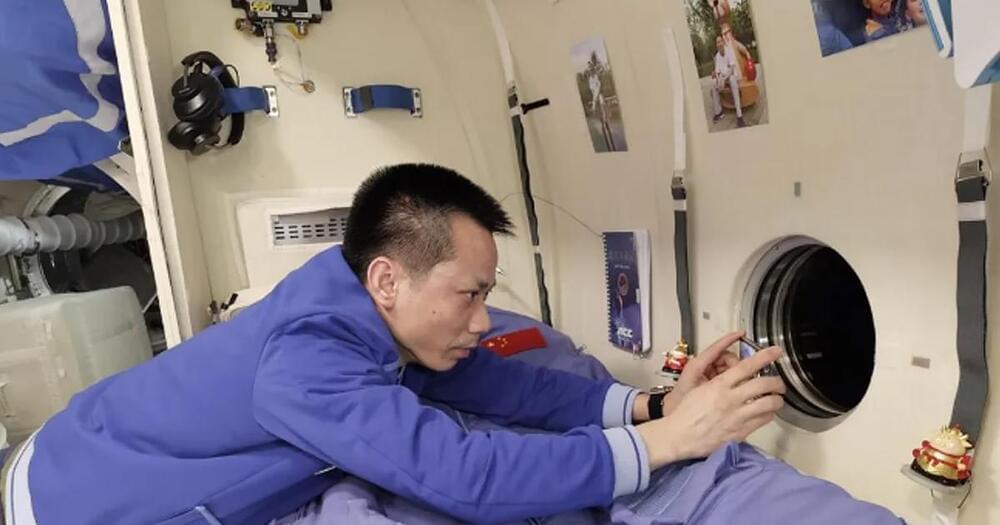Researchers make an ‘unprecedented’ discovery of a sphere-shaped void in space that stretches 500 light-years in diameter.
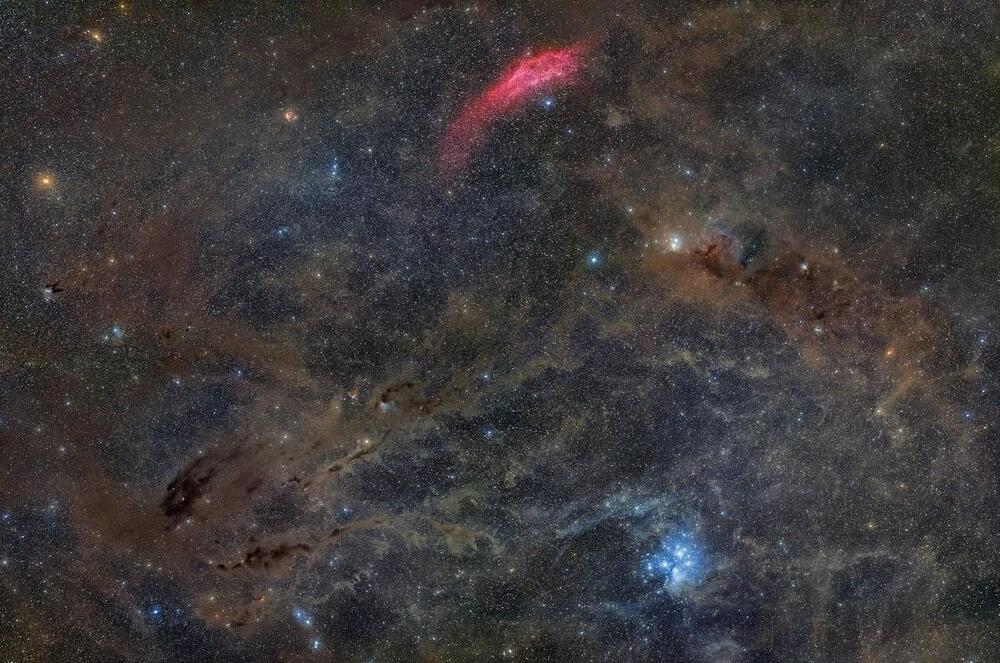

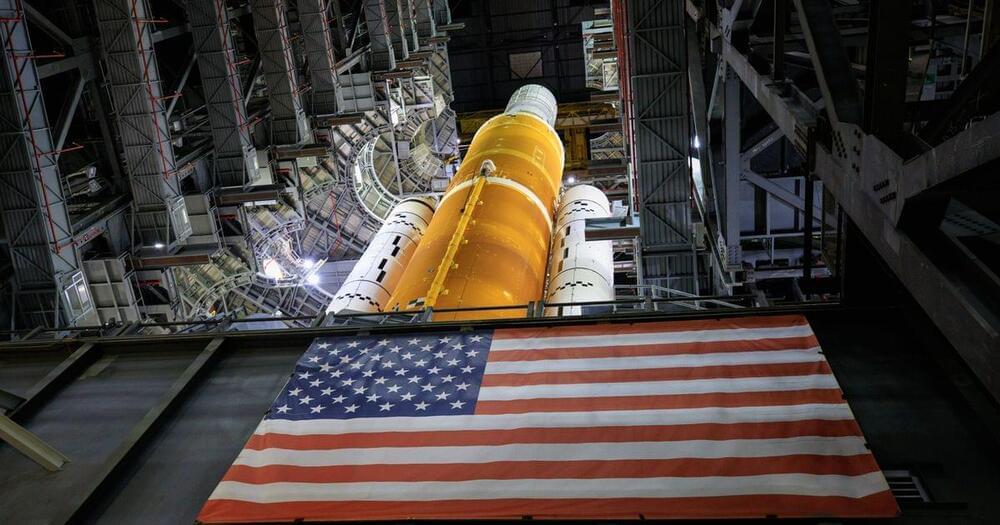

Um wut o.o!!!
What’s beyond the edge of the universe we live in? It’s difficult to say.

Boeing displayed a Long-Range Air-to-Air Missile (LRAAM) concept at the annual Air, Space, and Cyber Conference in National Harbor, Maryland, this week.
The two-stage missile reportedly has a “kill vehicle” attached atop a rear booster section. The end of the missile is ejected after the initial burst, igniting the front section and propelling it to the target.
According to War Zone, Boeing began development of the concept in response to the US Air Force Research Laboratory (AFRL) Broad Area Announcement (BAA) last year requesting novel solutions for faster, longer-range air-to-air missile development.
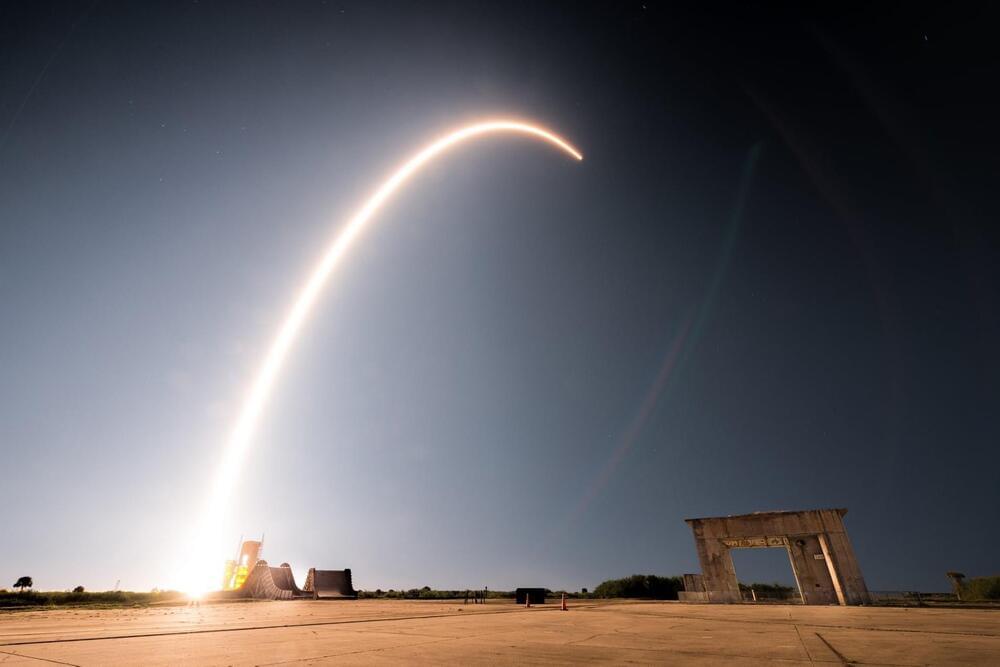
The US Space Force announced the transfer of satellite communications billets, funding, and mission responsibility from the Army and Navy.
The United States Space Force, through its chief of operations, announced that the satellite communications billets, funding, and mission responsibility of the US Army and Navy will be transferred to the Space Force.
Space Force Gen. John W. “Jay” Raymond made the announcement on Tuesday at the Air Force Association meeting in Washington. The transfer is not yet complete and still needs approval from the Department of Defense.
If it is approved, the transfer is expected to take effect on October 1 2021. A total of 15 global units, with 319 military, and 259 civilian billets from the Army and Navy, will be transferred to the Space Force.
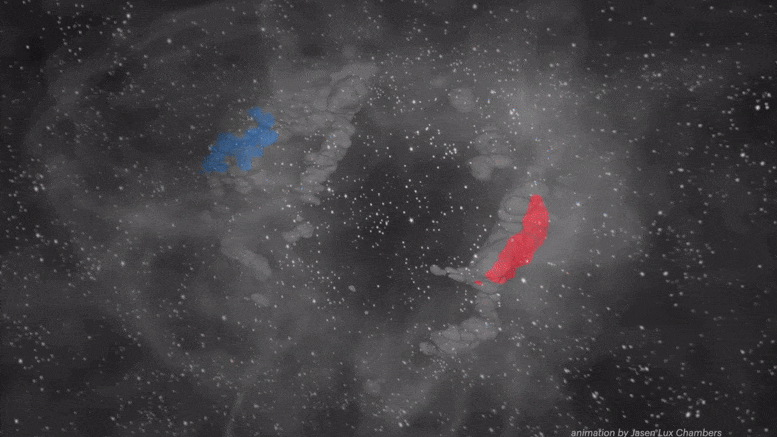
Astronomers analyzing 3D maps of the shapes and sizes of nearby molecular clouds have discovered a gigantic cavity in space.
The sphere-shaped void, described today in the Astrophysical Journal Letters, spans about 150 parsecs — nearly 500 light years — and is located on the sky among the constellations Perseus and Taurus. The research team, which is based at the Center for Astrophysics | Harvard & Smithsonian, believes the cavity was formed by ancient supernovae that went off some 10 million years ago.
The mysterious cavity is surrounded by the Perseus and Taurus molecular clouds — regions in space where stars form.

Reservoir computing is already one of the most advanced and most powerful types of artificial intelligence that scientists have at their disposal – and now a new study outlines how to make it up to a million times faster on certain tasks.
That’s an exciting development when it comes to tackling the most complex computational challenges, from predicting the way the weather is going to turn, to modeling the flow of fluids through a particular space.
Such problems are what this type of resource-intensive computing was developed to take on; now, the latest innovations are going to make it even more useful. The team behind this new study is calling it the next generation of reservoir computing.

Earlier this year, two astronomers discovered what could be the largest comet ever seen in the solar system while combing through data collected by the Dark Energy Survey. Now, a new study led by the same scientists describes this beefy deep space monster as the “nearly spherical cow of comets.”
The comet is cataloged as Comet C/2014 UN271 but is also known as Comet Bernardinelli-Bernstein for its discovery duo, Pedro Bernardinelli and Gary Bernstein, both from the University of Pennsylvania.
Unlock the biggest mysteries of our planet and beyond with the CNET Science newsletter. Delivered Mondays.

